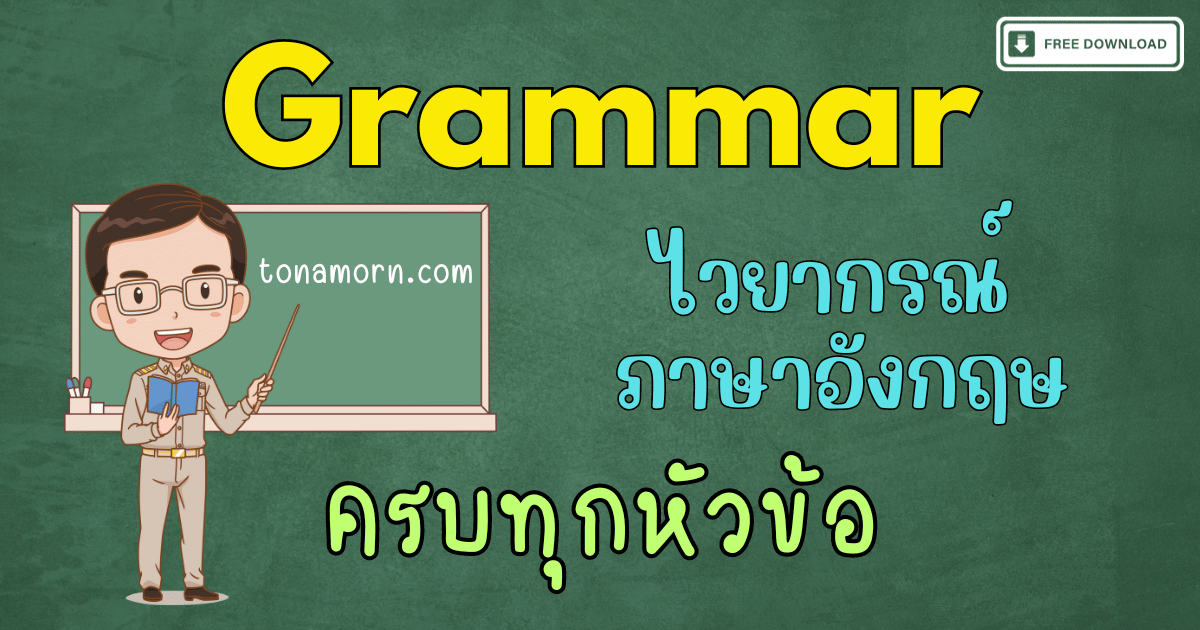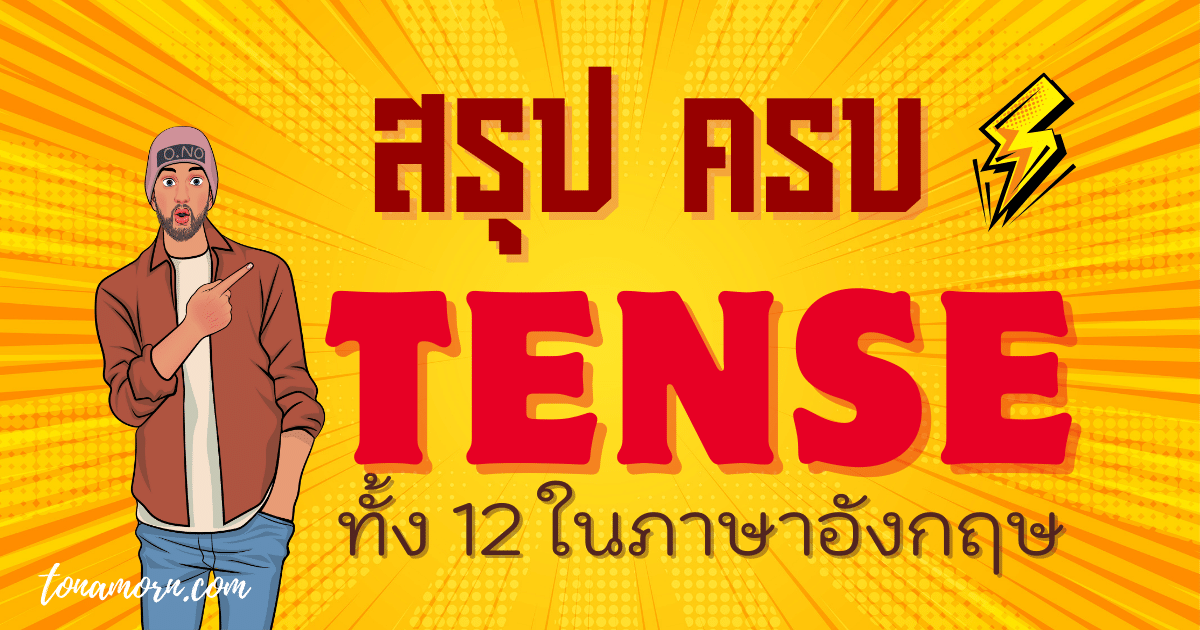โครงสร้างประโยค ภาษาอังกฤษ
Sentence structure โครงสร้างประโยค (ภาษาอังกฤษ) อ่านคำอธิบายภาษาไทยแบบละเอียด พร้อมตัวอย่างโครงสร้างประโยคภาษาอังกฤษอีกมากมาย คลิก >> พื้นฐานภาษาอังกฤษ เรียนภาษาอังกฤษ จากโครงสร้างประโยคภาษาอังกฤษ [...]
Sentence structure
โครงสร้างประโยค (ภาษาอังกฤษ)
อ่านคำอธิบายภาษาไทยแบบละเอียด พร้อมตัวอย่างโครงสร้างประโยคภาษาอังกฤษอีกมากมาย
คลิก >> พื้นฐานภาษาอังกฤษ
เรียนภาษาอังกฤษ จากโครงสร้างประโยคภาษาอังกฤษ ซึ่งจำแนกตาม Tense เพื่อบอกความรู้สึก และกาลเวลาในภาษาอังกฤษ
ปัจจุบัน: present simple / present continuous / present perfect / present perfect continuous
อดีต: past simple / past continuous / past perfect / past perfect continuous
อนาคต: future simple / future continuous / future perfect / future perfect continuous
The parts of a sentence are the subject, verb, object, complement and adverbial. A statement begins with the subject and the verb. There are five main structures which we can use to make a simple statement.
1 SUBJECT VERB
My arms are aching.
Something happened.
2 SUBJECT VERB OBJECT
I need a rest.
Five people are moving the piano.
The subject and object can be a pronoun
(e.g. I) or a noun phrase (e.g. the piano).
3 SUBJECT VERB COMPLEMENT
This piano is heavy.
It was a big problem.
The complement can be an adjective (e.g. heavy) or a noun phrase (e.g. a big problem).
The complement often comes after be. It can also come after appear, become, get, feel, look, seem, stay or sound.
4 SUBJECT VERB ADVERBIAL
It is on my foot.
Their house is nearby.
An adverbial can be a prepositional phrase (e.g. on my foot) or an adverb (e.g. nearby).
5 SUBJECT VERB OBJECT OBJECT
It s giving me backache.
David bought Melanie a present.
We use two objects after verbs like “give” and “send”.
อ่านคำอธิบายภาษาไทยแบบละเอียด พร้อมตัวอย่างโครงสร้างประโยคภาษาอังกฤษอีกมากมาย คลิก >> พื้นฐานภาษาอังกฤษ




